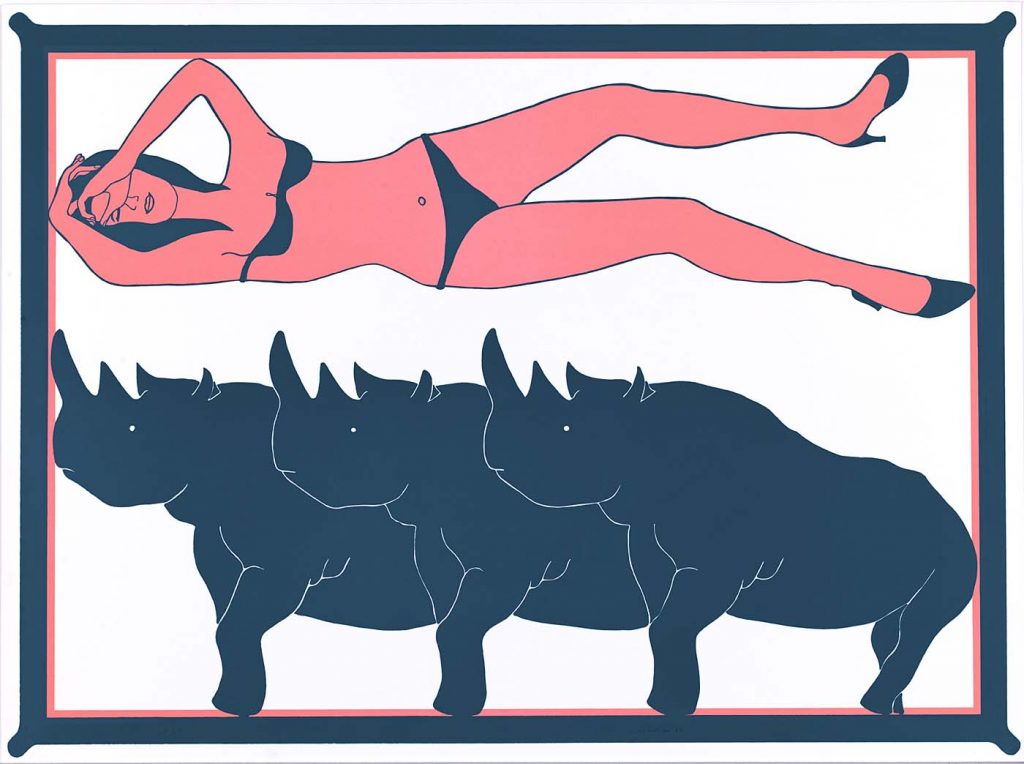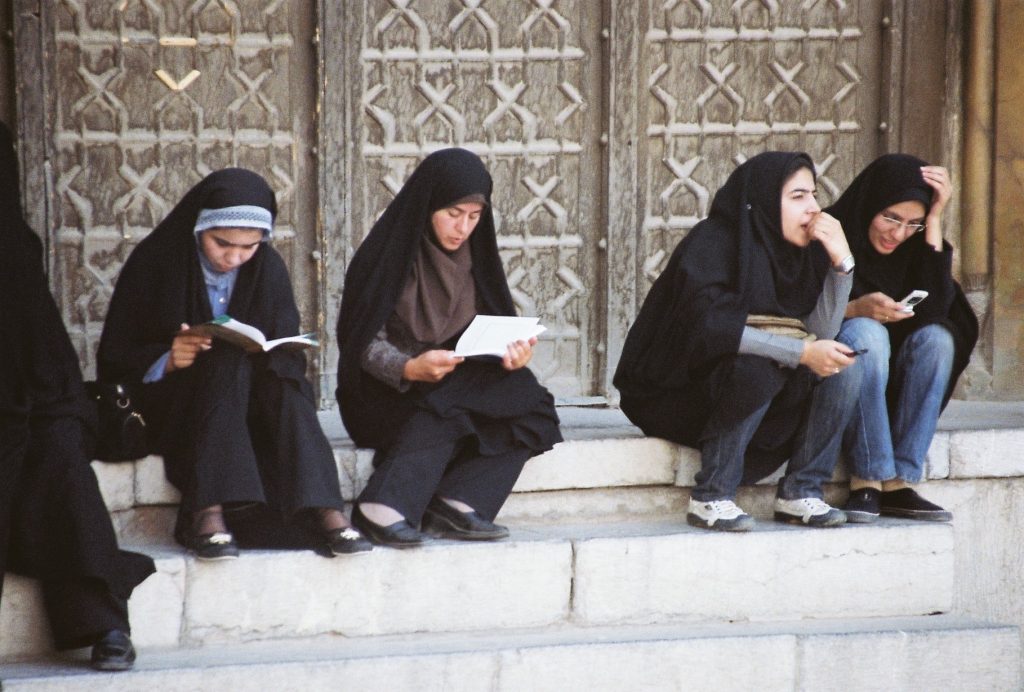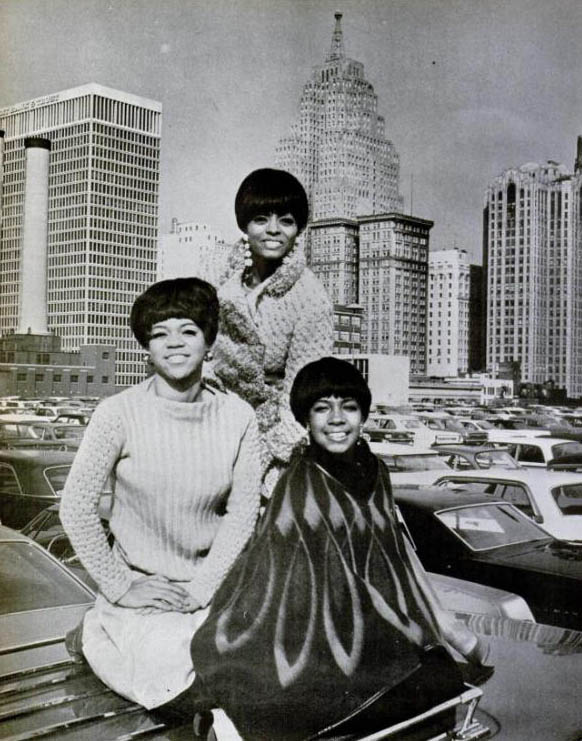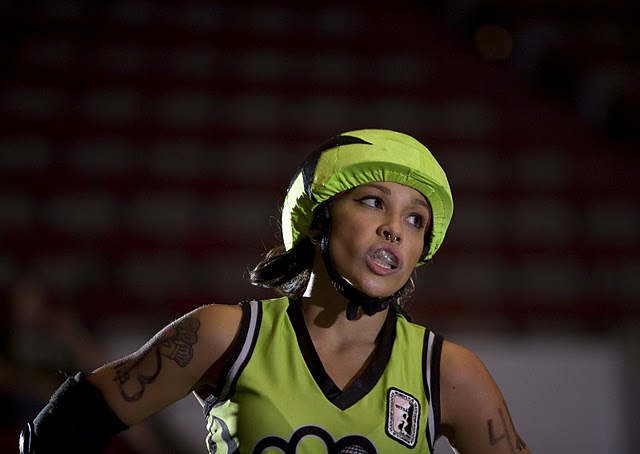“Joining the Resistance: Psychology, Politics, Girls and Women,” by Carol Gilligan, appeared in the Fall 1990 issue of MQR.
- In the Museum
It is Tuesday. It is raining. And the writing, outing and theater club is going to the museum. Eight eleven-year-old girls, members of the sixth grade at the Atrium School in Watertown, Massachusetts, and two women, psychologists interested in girls’ development, climb into the school van and begin to make their way through the rain-washed streets into the city. It is June. School is over for the year. The sixth grade has graduated, and the girls from the class have returned for a week of outings, writing, and theater work, designed to strengthen healthy resistance and courage. They gather in the coatroom of the Fine Arts Museum., shedding backpacks and raincoats, retrieving notebooks; they are ready. Today, I explain, they are to be investigative reporters; their assignment is to find how girls and women appear in this museum.
“Naked,” Emma says, without hesitation. A current of recognition passes swiftly, silently, through the group. Like Dora, Freud’s patient who remembers standing in the Dresden art gallery for two-and-a-half-hours in front of the Sistine Madonna, Emma will be transfixed by the images of women, by their nakedness in this cool, marble building. Later, when asked to write a conversation with one of the women, Emma chooses a headless, armless Greek statue, weaving into the conventions of polite childhood conversation her two burning questions: are you cold? and would you like some clothes?
But why am I telling you this story? I am interested in the relationship between political resistance and psychological resistance — both highly-charged subjects in the twentieth century. And I have observed a moment of resistance which occurs in girls’ lives at the edge of adolescence. Emma’s playfully innocent, slightly irreverent conversation with the statue in the museum bespeaks her interest in the scenes which lie behind the paintings and sculpture which she is seeing — an inquiry into relationships between artists and models: what each is doing and feeling and thinking: a curiosity about the psychological dimensions of this connection between men and women. The statue’s response — “I have no money” — to the question about whether she wants some clothes, reveals how readily this inquiry becomes political and sets up the dynamic I wish to follow: the tendency in girls’ lives at adolescence for a resistance which is essentially political — an insistence on knowing what one knows and a willingness to be outspoken — to turn into a psychological resistance: a reluctance to know what one knows and a fear that such knowledge, if spoken, will endanger relationships and threaten survival.
Image: Wesley, John. “Dream of Unicorns,” from the portfolio 11 Pop Artists, Volume III. 1965. Screenprint. Smithsonian American Art Museum, Washington, D.C.




